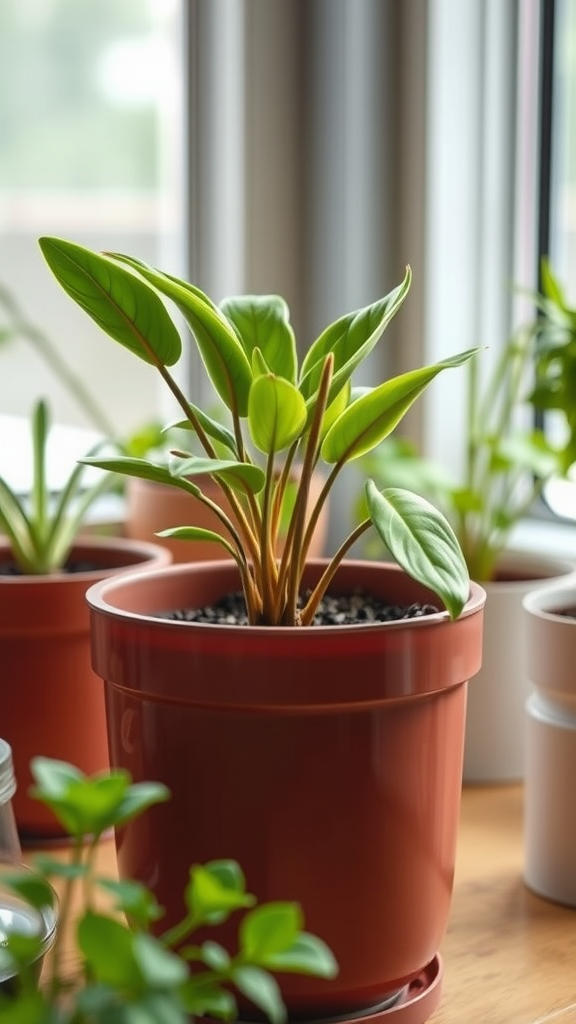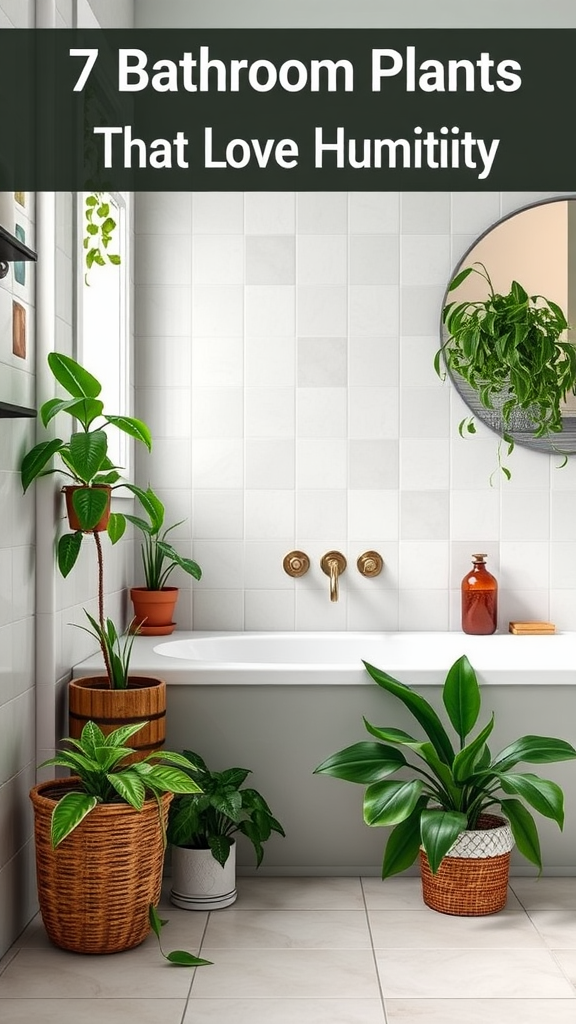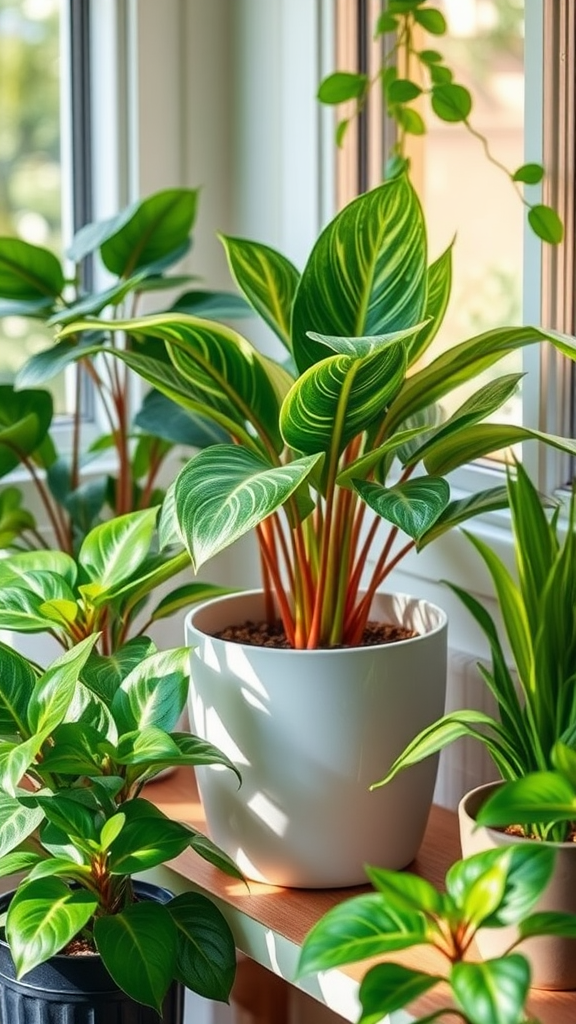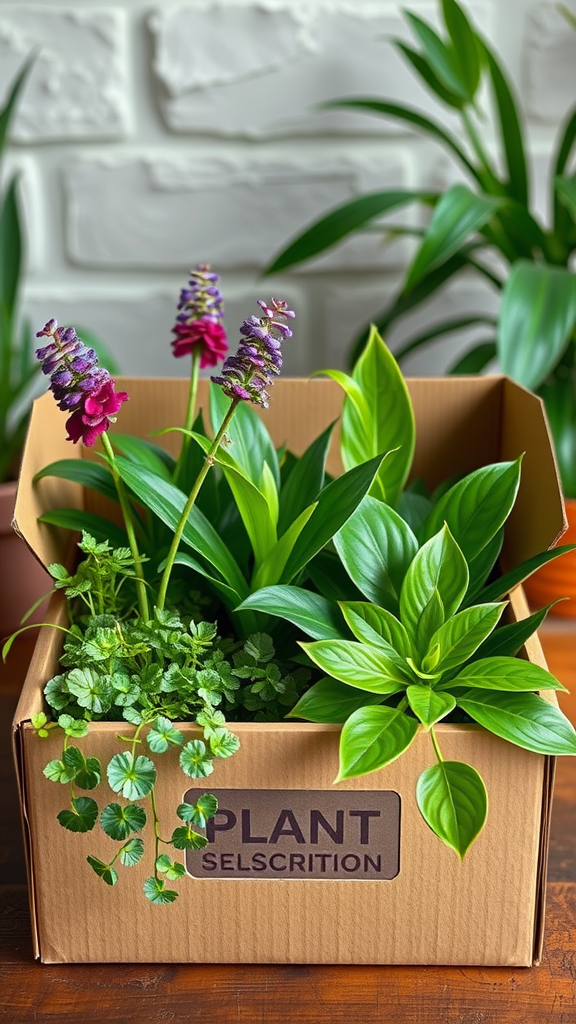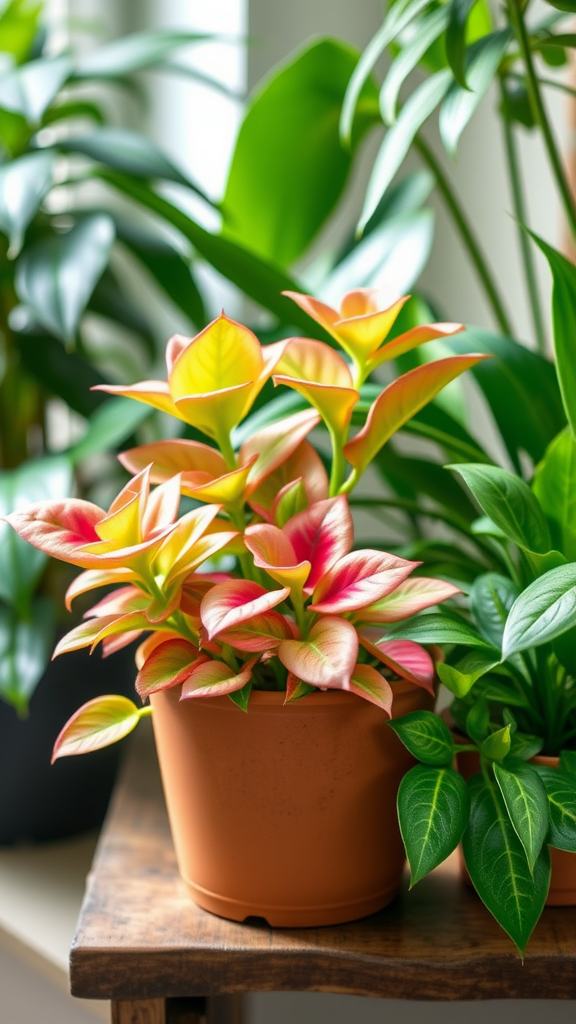Creative DIY Plant Care Hacks Every Plant Parent Should Know
If you’re a plant parent, you know that keeping your green companions thriving can sometimes feel like a full-time job. But fear not! With some creative DIY plant care hacks, you can simplify the process and enhance your nurturing journey. Get ready to transform plant care from a chore into an enjoyable activity. Here are some brilliant ideas that every plant parent should know.
Use Coffee Grounds as Fertilizer
Did you know that coffee grounds can be your plants’ best friend? Many plants love slightly acidic soil, and coffee grounds can help with that.
- Simply collect used coffee grounds and sprinkle them on the soil.
- Mix them into the top layer to enrich the soil.
- Be cautious with the quantity; a small amount once in a while is enough!
Watering Your Plants with Ice Cubes
Keep your plants hydrated without the risk of overwatering by using ice cubes. This method is especially great for small pots.
- Just place one or two ice cubes on the soil surface near the plant.
- As they melt, they’ll slowly release water, providing a gentle hydration.
- This helps the roots absorb moisture without drowning.
Homemade Insect Repellent
Keep pesky pests away from your beloved plants with an easy homemade insect repellent. You can whip this up with items from your kitchen.
- Mix equal parts of water and dish soap in a spray bottle.
- Add a few drops of peppermint oil for an extra kick.
- Spray it lightly on the affected plants, particularly on the undersides of leaves.
Plastic Bottles for Consistent Watering
If you travel a lot or need to ensure consistent moisture, plastic bottles can come to your rescue!
- Fill empty plastic bottles with water, making sure to leave a little space at the top.
- Poke small holes in the cap.
- Invert the bottle into the plant pot. This will allow water to seep out slowly.
Reviving Dried Out Potting Soil
Have you ever found your potting soil completely dried out? Reviving it doesn’t require a miracle—just a simple hack!
- Place the pot in a basin filled with warm water.
- Allow it to soak for about 30 minutes, letting the soil absorb moisture.
- Gradually, the soil will return to its fluffy state, ready to nurture your plant!
Using Eggshells for Calcium Boost
Eggshells are a treasure trove of nutrients that can enhance your soil.
- Rinse the eggshells after use and let them dry.
- Crumble them into small pieces or blend them up into a powder.
- Mix them into the soil to provide a calcium boost for your plants, especially for tomatoes and peppers!
Natural Humidifier with Pebbles and Water
Many houseplants thrive in humidity. Create a mini humidifier using pebbles and a shallow dish.
- Fill a shallow dish with small pebbles and add water.
- Place your plants on top so they can benefit from the rising humidity.
- This is especially effective for tropical plants.
Repurposing Old T-Shirts for Plant Ties
Need support for your plants? Instead of buying plant ties, use old t-shirts!
- Cut the fabric into strips, about one inch wide.
- Use these soft strips to gently tie your plants without damaging the stems.
- This eco-friendly hack not only supports your plants but also reduces waste!
With these creative DIY plant care hacks, you can nurture your green friends in a fun and efficient way. Every plant parent can benefit from these simple tricks that not only save time but also enrich your gardening experience. Start implementing these hacks today, and watch your plants thrive like never before!
Common Mistakes in Plant Care and How to Avoid Them
Every plant parent wants their greenery to thrive, but common mistakes can hinder their efforts. Whether you’re new to plant care or have a budding collection, knowing what pitfalls to avoid is essential. Here are some prevalent mistakes and how you can sidestep them for a flourishing plant sanctuary.
Overwatering Plants
One of the most common mistakes in plant care is overwatering. Many people believe that more water equals healthier plants, but this isn’t true. Overwatering can drown roots and lead to root rot. To avoid this issue:
- Always check the top inch of soil; if it’s dry, it’s time to water.
- Ensure pots have drainage holes to help excess water escape.
- Use a moisture meter if you’re unsure about soil dampness.
Ignoring Light Requirements
Plants have different light needs, and placing them in unsuitable conditions can lead to poor growth. Here’s how to ensure your plants receive proper light:
- Research the light requirements of each plant variety you own. Some thrive in direct sunlight, while others prefer indirect light.
- Monitor how sunlight moves around your home and adjust plant placement accordingly.
- Consider using grow lights for those hard-to-illuminate spots.
Using the Wrong Soil
Not all plants thrive in the same type of soil. Using generic potting mix can hinder the growth of some species. To choose the right soil:
- Research your plant’s specific needs. Succulents require sandy, well-draining soil, while ferns prefer a richer organic mix.
- Always refresh old soil to provide fresh nutrients. If allowed to compact over time, soil can lose its effectiveness.
Neglecting Fertilization
A common mistake for many plant parents is forgetting to fertilize. Plants need nutrients to grow strong and healthy. Here’s how to keep them nourished:
- Choose a balanced fertilizer suitable for your plant type, whether it’s liquid or granular.
- Follow the recommended schedule based on your specific plants; some require feeding every few weeks, while others may only need it monthly.
- Observe your plants for signs of nutrient deficiency, such as yellowing leaves or stunted growth, and adjust your fertilization routine as necessary.
Ignoring Pests
Pests can quickly become a bigger issue if not addressed. Early detection is key to protecting your plants. Here’s what to look for:
- Regularly inspect leaves and stems for any signs of pests, such as webbing or small holes.
- Use natural pest deterrents or insecticidal soap to tackle minor infestations.
- If you notice a plant is heavily infested, it may be best to quarantine it until the issue is resolved.
Overcrowding Plants
While it may be tempting to pack your plants close together for aesthetic reasons, overcrowding can limit air circulation and lead to fungal diseases. To prevent this mistake:
- Give your plants adequate space to grow by following the recommended planting distance for each species.
- Repot plants as they grow, transferring them to larger pots to avoid competition for resources.
Failing to Prune
Another mistake many plant parents make is neglecting to prune their plants. Regular pruning promotes healthy growth and shape. To keep your plants looking their best:
- Remove dead or yellowing leaves to encourage new growth.
- Trim back leggy growth to maintain a fuller appearance and enhance leaf production.
Understanding and avoiding these common mistakes in plant care leads to healthier and happier plants. By giving your greenery the attention it deserves, you will become a more confident plant parent. Implement these tips, and watch your indoor garden thrive!
Conclusion
As a passionate plant parent, embracing DIY plant care hacks can enhance your gardening experience and nurture your green companions. From using common household items to create effective fertilizers to experimenting with innovative watering techniques, these creative hacks empower you to take better care of your plants and foster their growth.
However, becoming a successful plant parent also involves recognizing and avoiding common mistakes. Over-watering, insufficient light, and neglecting pest control can quickly turn a thriving plant into a struggling one. By being mindful of these pitfalls and using the right strategies, you can create a flourishing environment for your plants.
By integrating these DIY hacks into your plant care routine and remaining vigilant about potential errors, you’ll nurture healthier plants that enhance your living space. Remember, every plant has its unique needs, and by listening to their signals, you can adapt your care methods accordingly. So, roll up your sleeves, get creative with your plant care, and watch your botanical buddies thrive! With the right blend of creativity and awareness, you’ll turn your home into a vibrant oasis full of life and beauty. Happy planting!

